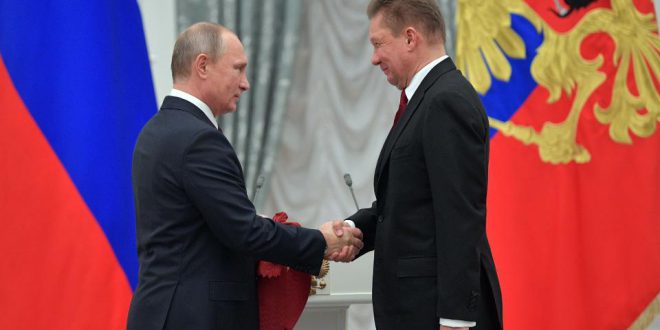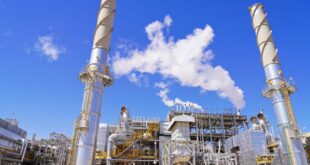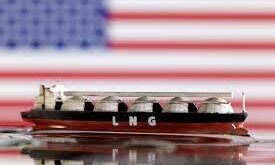From a pure commercial perspective. the real `war` being waged between Washington and the Kremlin is not over Ukraine. It`s over Europe.
Russia and the U.S. are the new titans of oil and gas. Russia wants to make sure that its investments in the far east do not eventually get undercut by the Americans selling to the Middle East and Asia. U.S. natural gas exporters are already encroaching on long-held Russian markets in Europe. particularly in countries whose governments tend to be anti-Russia.
So to retaliate from a recent five year deal signed between Poland and U.S. liquefied natural gas (LNG) exporters. the Russian government said that its state-controlled gas giant. Gazprom. can undercut the Americans in Europe by selling LNG `at any price`.
The executive order. approved on Wednesday by Vladimir Putin`s administration. allows Gazprom to sell natural gas to companies engaged in the production and export of LNG starting January 1 at an `unregulated price.` the Kommersantbusiness daily reported on Thursday.The decree will primarily effect Gazprom`s Baltic LNG project and their Sakhalin-2 project. Gazprom is in a joint venture with Shell on the Baltic LNG facility in Leningrad. The move can be seen as a means to compete with new LNG plants in Lithuania and Poland. both of which have been receiving shipments from the Gulf of Mexico.
Gazprom was restricted to sell gas at a regulated rate to local producers of LNG. and now it can sell it for less.
In the original version of the decree. Gazprom lobbied to switch to unregulated prices with export-oriented gas chemical companies too. but was not granted this wish.
The U.S. has become a serious competitor to Russia in Europe. Animosity towards the Russian company are seen by Washington energy policy makers as an opportunity to convince energy ministers there to diversify away from Russian gas and import U.S. LNG.
LNG is a costly process and the infrastructure is not quite there yet. with Poland and Lithuania having two of the newest facilities to import natural gas from abroad. Gazprom gas is primarily delivered via pipelines. at a much lower rate.
There is only one LNG terminal in the U.S.. which is owned by Cheniere Energy and has been exporting LNG at its Sabine Pass facility since last year. Sabine Pass has a capacity of about 2 billion cubic feet per day. Total capacity is expected to be 3.5 billion cubic feet per day once rail infrastructure is fully built.
There are five additional LNG projects under construction with a total capacity of about 7.5 billion cubic feet per day that will come online in 2018 and 2019. making total U.S. LNG export capacity about 10 or 11 billion cubic feet per day by 2020. according to the Institute for Energy Research in Washington.
Four more projects with a capacity of almost 7 billion cubic feet per day are approved but not yet under construction. If completed. the U.S. will be a top three LNG exporter along with Australia and Qatar.
Not to be outdone. Russia`s Baltic LNG terminal has the capacity to produce 10 million metric tons of LNG. Global consumption of LNG this year is seen at around 280 million metric tons.

 Iran Energy News Oil, Gas, Petrochemical and Energy Field Specialized Channel
Iran Energy News Oil, Gas, Petrochemical and Energy Field Specialized Channel



